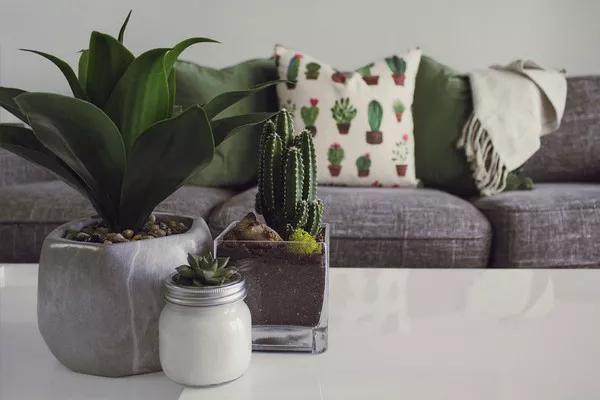Succulents have gained immense popularity in recent years for their unique and diverse range of shapes, colors, and sizes. These hardy plants are known for their ability to thrive in arid conditions, making them a favorite among both novice and experienced gardeners. One critical aspect of succulent care is ensuring that they develop strong and healthy roots. In this comprehensive guide, we will delve into the essential steps and tips on how to get robust roots on succulents, ensuring their longevity and vitality.
Understanding Succulent Roots
Before we dive into the specific techniques for encouraging root growth, it’s crucial to understand the anatomy of succulent roots. Succulents generally have shallow root systems designed to absorb water quickly during infrequent rainfall. These roots are adapted to store water efficiently, making them well-suited for the dry environments they typically inhabit.
Selecting the Right Soil
One of the foundational steps in promoting healthy succulent roots is choosing the right soil. Succulents thrive in well-draining soil that prevents waterlogged conditions, which can lead to root rot. A recommended mix includes equal parts of perlite, coarse sand, and potting soil. This combination ensures adequate aeration and prevents excess moisture around the roots.
Optimal Potting Containers
Choosing the right pot is equally important when it comes to succulent root development. Porous containers, such as terracotta pots, allow air to circulate around the roots and excess water to evaporate. This prevents the soil from becoming overly damp and helps maintain a healthy root environment.
See Also: How to replant overgrown succulents?
Watering Techniques
Proper watering is a key factor in encouraging succulent root growth. Unlike many other plants, succulents prefer to be watered deeply but infrequently. Allow the soil to dry out completely between watering sessions to stimulate the roots to search for water deeper in the pot. This encourages the development of an extensive and robust root system.
Gradual Acclimatization
When introducing new succulents to your garden or repotting existing ones, it’s essential to acclimate them gradually to their new environment. Gradual exposure to sunlight and climate conditions helps the plants adjust, promoting root growth. Sudden changes in light or temperature can stress the succulent and hinder root development.
Proper Light Exposure
Succulents are renowned for their love of sunlight. Placing them in a location with adequate sunlight is crucial for overall health, including root development. Most succulents prefer at least six hours of indirect sunlight daily. Pay attention to the specific light requirements of the succulent species you are cultivating to ensure optimal growth.
Pruning and Propagation
Pruning can stimulate root growth by redirecting the plant’s energy. Remove dead or damaged leaves and stems, allowing the succulent to focus on producing new growth, including roots. Additionally, succulents are excellent candidates for propagation. Growing new plants from cuttings promotes root development and helps expand your succulent collection.
Fertilizing Strategically
While succulents are known for their ability to thrive in nutrient-poor soils, providing them with some nutrients can enhance root development. Use a well-balanced, diluted fertilizer during the growing season, typically spring and summer. However, avoid over-fertilizing, as this can lead to excessive growth that may compromise the overall health of the plant.
Temperature Considerations
Succulents are adapted to various temperature ranges, but extreme conditions can affect their root development. Protect them from frost, as freezing temperatures can damage the roots. Additionally, avoid exposing succulents to prolonged periods of extreme heat, as this can lead to dehydration and stress.
Monitoring and Adjusting
Regularly monitor your succulents for signs of overwatering, underwatering, or any other stress factors. Adjust your care routine accordingly to maintain optimal conditions for root growth. Pay attention to the appearance of the leaves, as they can provide valuable insights into the plant’s overall health.
Conclusion
Successfully cultivating healthy roots for your succulents requires a holistic approach, encompassing soil selection, proper watering, suitable containers, and attentive care. By understanding the unique needs of succulent roots and implementing these practical tips, you can ensure that your succulents not only survive but thrive, displaying vibrant growth and resilience. As you embark on your succulent gardening journey, remember that patience and consistency are key to developing a strong and robust root system that will support your plants for years to come.


